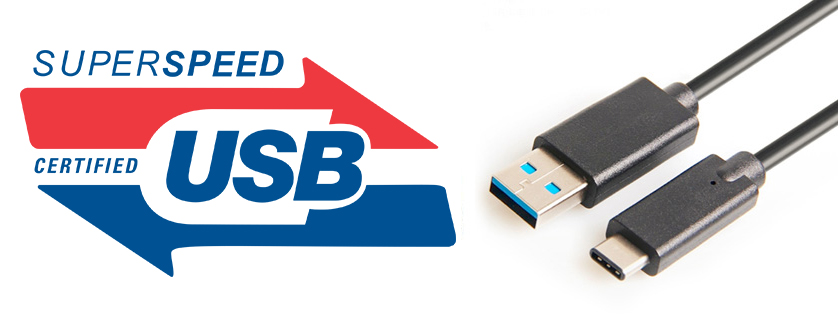An acronym for Universal Serial Bus, the USB is basically everywhere, and with good reason. USB is the most popular connection used to connect a computer to devices such as digital cameras, printers, scanners, and external hard drives. USB is a cross-platform technology that is supported by most of the major operating systems. On Windows, it can be used with Windows 98 and higher. USB is also a hot-swappable technology, meaning that USB devices can be added and removed without having to restart the computer. USB is also “plug and play”. When you connect a USB device to your PC, Windows should detect the device and even install the drivers needed to use it.
From techies to casual consumers, everyone recognizes the ubiquitous USB plug and reminisce about the time they attempted to fit an USB into its socket, thrice. While there may be faster connectors, the USB is convenient, reliable, durable, relatively inexpensive and more than adequate for most tasks in terms of data transfer, making it the most popular way to connect.
USB History
1994: Development Begins
A group of seven large tech companies — Compaq, DEC, IBM, Intel, Microsoft, NEC and Nortel — came together to develop what they hoped would be an industry standard way to connect peripheral devices. This came about due to the various different incompatible connectors at the time.
1996: USB 1.0 is Released
There were two speeds for the original USB — the low speed version at about 1.5-Mbps, with a faster version at 12-Mbps. It is extremely slow by today's standard and is no faster than DSL download speeds. USB did not really take off until USB 1.1, fixing problems that were associated with USB 1.0.
2000: USB 2.0 is Released
In year 2000, USB 2.0 is released with data transfer rate at up to 480-Mbps, or about 40 times as fast as the original model. With this upgrade, USB connectors moved from being tail end of not only keyboard and mice, but printers, webcam, storage, and etc. In addition, USB 2.0 was backwards compatible, meaning any devices using USB 1.0 technology would also work with USB 2.0. At the same time, IBM released the first USB flash drive, making file transfer between personal computers easier than ever before.
USB 3.0

In 2008, the USB Implementers Forum updated the USB standard to USB 3.0. This move improved the USB transfer rate up to 5 Gbps, making it about 10 times faster than conventional USB 2.0. The update also change the connector color to blue, to clearly identify the new standard. When it was first released, some hardware required additional updates and drivers support. At the time, this upgrade made USB arguably the fastest way to connect and it was still backwards compatible with USB 2.0 sockets. Today, nearly all computers come standard with at least 2 USB 3.0 socket, and nearly 3 billion USB compatible products are shipped each year.
The Future
USB 3.1 Standard A
The USB 3.1 specification was released by the USB Implementers Forum on 31 July 2013, introducing a faster transfer mode called "SuperSpeed+" with transfer speeds of 10 Gbps. This is twice as fast as USB 3.0. The Standard A type offers backwards compatible with USB 3.0 and 2.0, therefore you can use USB 3.1 compatible devices with computers without USB 3.1.
USB 3.1 C-Type
The USB 3.1 Type-C was created with a smaller port in response to emerging product designs. It will deliver a number of improvements over existing cables and connectors. Much like Apple’s Lightning connector, the new Type-C connector will feature a symmetrical plug so you will no longer suffer the frustration that I am sure we all had before: trying to plug in a device three different ways before getting it right.
The connector itself is as thin as a micro-USB 2.0 connector and will likely replace the older style connector as well as the larger micro-USB 3.0 interface, making this likely the next standard on cell phones and other peripherals.
Other than the cosmetic benefits, the USB 3.1 specification will be fast as well. The current USB 3.0 connector can transfer data at up to 5Gbps while the Type-C connector doubles that to 10Gbps. The Type-C is expected to be completed by July 2014 and will show up in devices by the end of the year.



